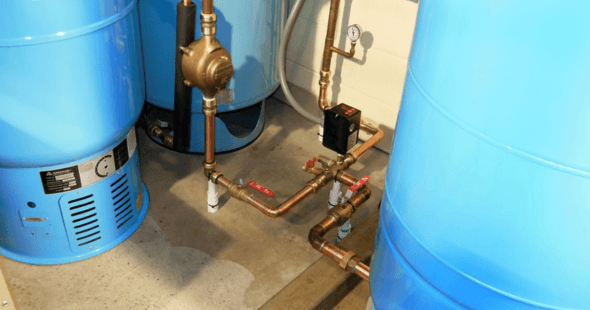Discovering arsenic in your well water can be alarming. Arsenic is a natural element found in the earth’s crust, and its presence in well water is a concern for many homeowners. Exposure to arsenic can pose significant health risks, including skin problems, increased risk of cancer, and cardiovascular diseases. Fortunately, there are effective ways to remove arsenic from well water, ensuring your water supply is safe for consumption and use. In this blog post, we’ll guide you through the steps to mitigate arsenic contamination in your well water.
Understanding Arsenic Contamination
Arsenic contamination occurs naturally, often leaching into groundwater through rocks and soil. The level of arsenic can vary depending on your location and the local geology. The first step in dealing with arsenic in well water is to get your water tested. Testing is crucial because arsenic is tasteless, odorless, and colorless, making it undetectable without proper analysis. Contact a certified water testing laboratory to get an accurate assessment of the arsenic levels in your water.
Options for Removing Arsenic
Once you’ve confirmed the presence of arsenic in your well water, consider these effective treatment methods to eliminate or significantly reduce its levels:
- Reverse Osmosis (RO): This process forces water through a semi-permeable membrane, effectively removing arsenic along with other contaminants. RO systems are highly effective but typically used at the point-of-use, such as under the kitchen sink, because they can be expensive and slow for whole-house filtration.
- Adsorptive Media: Adsorptive media filters use materials like activated alumina or specific iron oxides to adsorb arsenic from water. These systems can treat the water for the entire house and are effective for both arsenic III and V forms when pre-oxidation is applied.
- Ion Exchange: Similar to water softening, ion exchange systems replace arsenic ions with harmless ions, like chloride or sodium. This method is effective but may require frequent maintenance and monitoring to ensure the exchange media is active.
- Distillation: A more energy-intensive option, distillation involves boiling water and condensing the steam, leaving arsenic and other impurities behind. While effective, it’s generally not practical for whole-house treatment due to its slow process and high energy consumption.
Implementing a Solution
Choosing the right treatment method depends on several factors, including the arsenic levels in your water, your budget, and whether you need a point-of-use or whole-house system. Consider the following steps to implement an arsenic removal solution:
- Consult with Experts: Speak with water treatment professionals who can provide advice tailored to your specific situation. They can help you select the most appropriate and cost-effective treatment method.
- Installation: Professional installation is recommended to ensure that the system is correctly set up and functioning efficiently.
- Maintenance: Regular maintenance is key to the ongoing effectiveness of any treatment system. Follow the manufacturer’s recommendations for filter replacement, system checks, and any necessary adjustments.
Conclusion
Dealing with arsenic in well water can seem daunting, but with the right approach, it’s a manageable issue. Testing is the critical first step, followed by selecting an effective treatment method suited to your needs. Whether you opt for reverse osmosis, adsorptive media, ion exchange, or distillation, ensuring the safety of your water supply is paramount. With the appropriate system in place, you can significantly reduce the risk associated with arsenic and enjoy peace of mind knowing your water is clean and safe.


